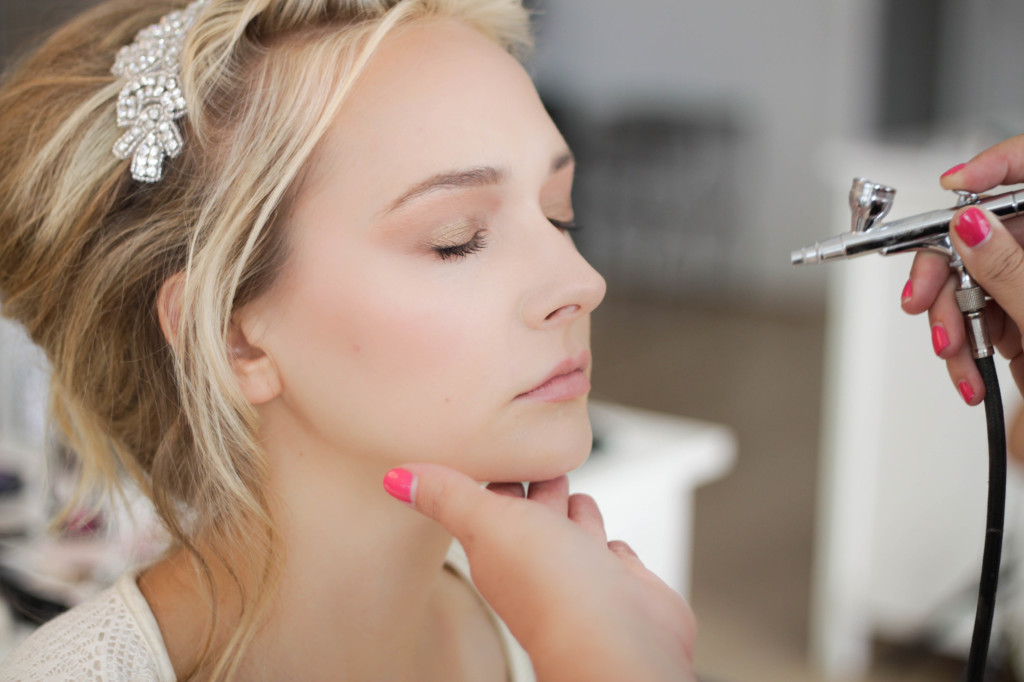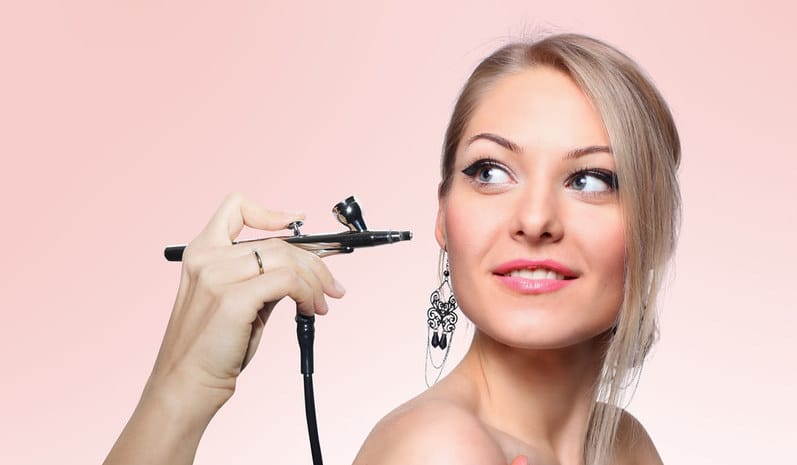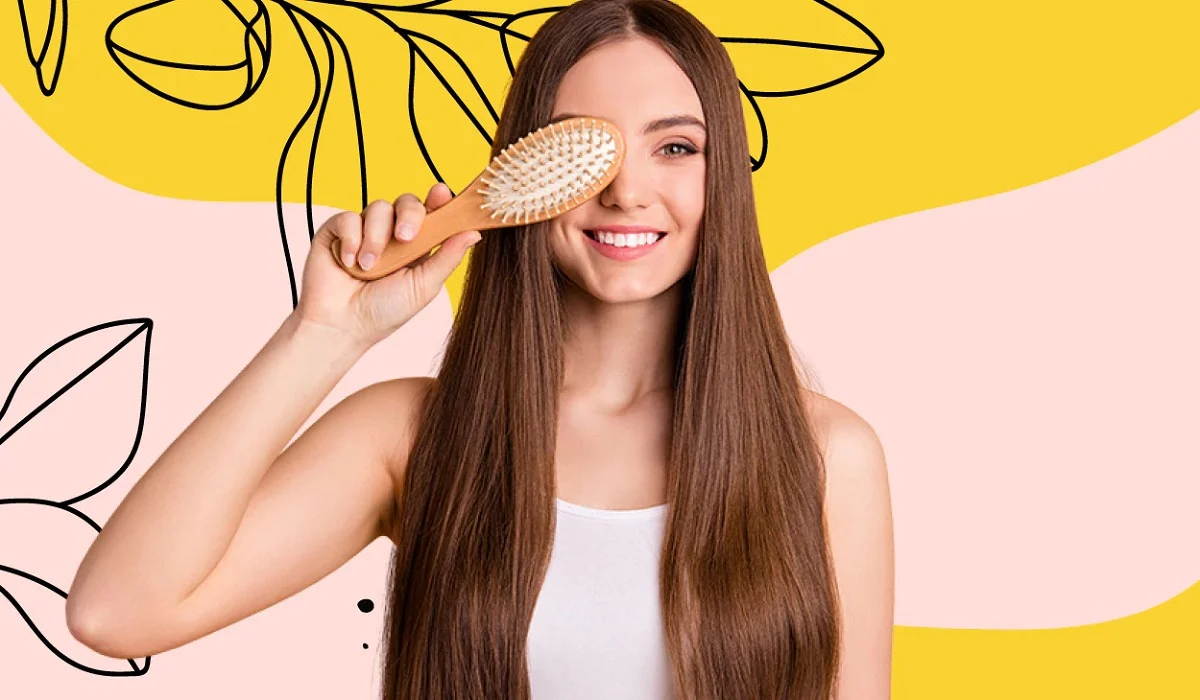
Airbrush makeup has gained popularity in the beauty industry for its ability to create a flawless, long-lasting, and natural-looking complexion. Utilizing an airbrush gun and specialized makeup formulas, this technique offers a seamless application that leaves the skin looking smooth and radiant. In this article, we will explore the world of airbrush makeup, discussing its benefits, application process, and tips for achieving the coveted airbrushed look. Whether you’re a makeup enthusiast or a professional artist, understanding airbrush makeup can elevate your makeup game to new heights.
What is Airbrush Makeup?
Airbrush makeup is a technique that involves applying makeup through an airbrush gun, which delivers a fine mist of foundation, blush, highlighter, and other makeup products onto the skin. The makeup formula is typically water-based, silicone-based, or a combination of both. This method allows for precise control and even distribution of makeup, resulting in a flawless, lightweight, and natural finish.
Benefits of Airbrush Makeup:
Airbrush makeup offers several advantages over traditional makeup application techniques:
Flawless Finish: The microfine mist of makeup particles creates a seamless, second-skin effect, minimizing the appearance of imperfections and providing a smooth, airbrushed finish.
Longevity: Airbrush makeup is known for its exceptional staying power. The formula adheres to the skin, resisting sweat, humidity, and transfer, making it ideal for special occasions, weddings, or events that require long-lasting makeup.
Buildable Coverage: The airbrush technique allows for customizable coverage. By layering the makeup in thin, even passes, you can achieve sheer to full coverage, depending on your preferences and the desired look.
Lightweight and Natural: Airbrush makeup feels lightweight on the skin, as the ultra-fine particles create a breathable layer. The result is a natural-looking finish that doesn’t look heavy or cakey.

The Airbrush Makeup Process:
To achieve the airbrushed look, follow these steps:
Step 1: Prep the Skin: Start with a clean and moisturized face. Ensure your skin is well-hydrated to create a smooth canvas for makeup application.
Step 2: Choose the Right Formula: Select an airbrush makeup formula that suits your skin type and desired finish. Water-based formulas are suitable for most skin types, while silicone-based formulas provide a longer-lasting and more waterproof finish.
Step 3: Set Up the Airbrush System: Assemble your airbrush system according to the manufacturer’s instructions. This typically involves connecting the airbrush gun to an air compressor and adjusting the airflow and pressure settings.
Step 4: Test the Spray: Before applying the makeup to your face, it’s crucial to test the spray on a tissue or your hand to ensure the desired coverage and adjust the air pressure if necessary.
Step 5: Apply Foundation: Begin by applying the foundation. Hold the airbrush gun approximately six to eight inches away from your face and move it in small, circular motions. Start from the center of your face and work outward for an even application.
Step 6: Build Coverage: For areas that require more coverage, such as blemishes or redness, apply additional layers of foundation using light, overlapping passes. Gradually build the coverage to achieve your desired look.
Step 7: Add Blush, Contour, and Highlight: Once the foundation is applied, you can use the airbrush gun to add blush, contour, and highlight to enhance your features. Follow the natural contours of your face for a seamless and sculpted effect.
Step 8: Set the Makeup: After completing your airbrush makeup application, allow it to dry for a few minutes before setting it with a setting spray or powder. This step helps to lock the makeup in place, ensuring its longevity throughout the day.
Tips for Achieving the Airbrushed Look:
Practice Makes Perfect: Like any makeup technique, airbrushing requires practice to achieve the desired results. Familiarize yourself with the airbrush gun, practice different motions, and experiment with different formulas to find what works best for you.
Less is More: Airbrush makeup is known for its lightweight and natural finish. Start with a light layer of foundation and build the coverage gradually to avoid a heavy or cakey appearance. Remember, it’s easier to add more makeup than to remove excess.
Customizing Colors: Airbrush makeup allows for custom color mixing. If you can’t find the perfect shade, experiment with blending different colors to achieve a seamless match to your skin tone.
Maintenance and Cleaning: Proper maintenance and cleaning of your airbrush system are essential for its longevity and optimal performance. Follow the manufacturer’s instructions for cleaning and storing the airbrush gun and regularly clean the needle, nozzle, and cup to prevent clogging.
Contouring and Highlighting: Airbrush makeup is excellent for creating subtle contours and highlights. Utilize different shades to sculpt your features, applying darker shades to areas you want to minimize and lighter shades to areas you want to highlight and enhance.
Blend, Blend, Blend: To achieve a seamless finish, blend the airbrushed makeup with a clean brush or sponge. This step helps to eliminate any visible edges or lines, creating a natural and flawless look.
Set for Longevity: To ensure your airbrush makeup lasts all day, set it with a setting spray or a light dusting of translucent powder. This step helps to lock the makeup in place, control shine, and increase its longevity.
Airbrush makeup offers a professional, flawless, and long-lasting finish that has become increasingly popular in the beauty industry. Its lightweight feel, buildable coverage, and ability to create a seamless complexion make it a preferred choice for special occasions or when a picture-perfect look is desired. By following the proper steps, practicing the technique, and experimenting with different formulas, you can achieve the coveted airbrushed look that leaves your skin looking flawless, radiant, and camera-ready. Whether you’re a makeup enthusiast or a professional artist, airbrush makeup is a skill worth exploring to enhance your makeup repertoire.








